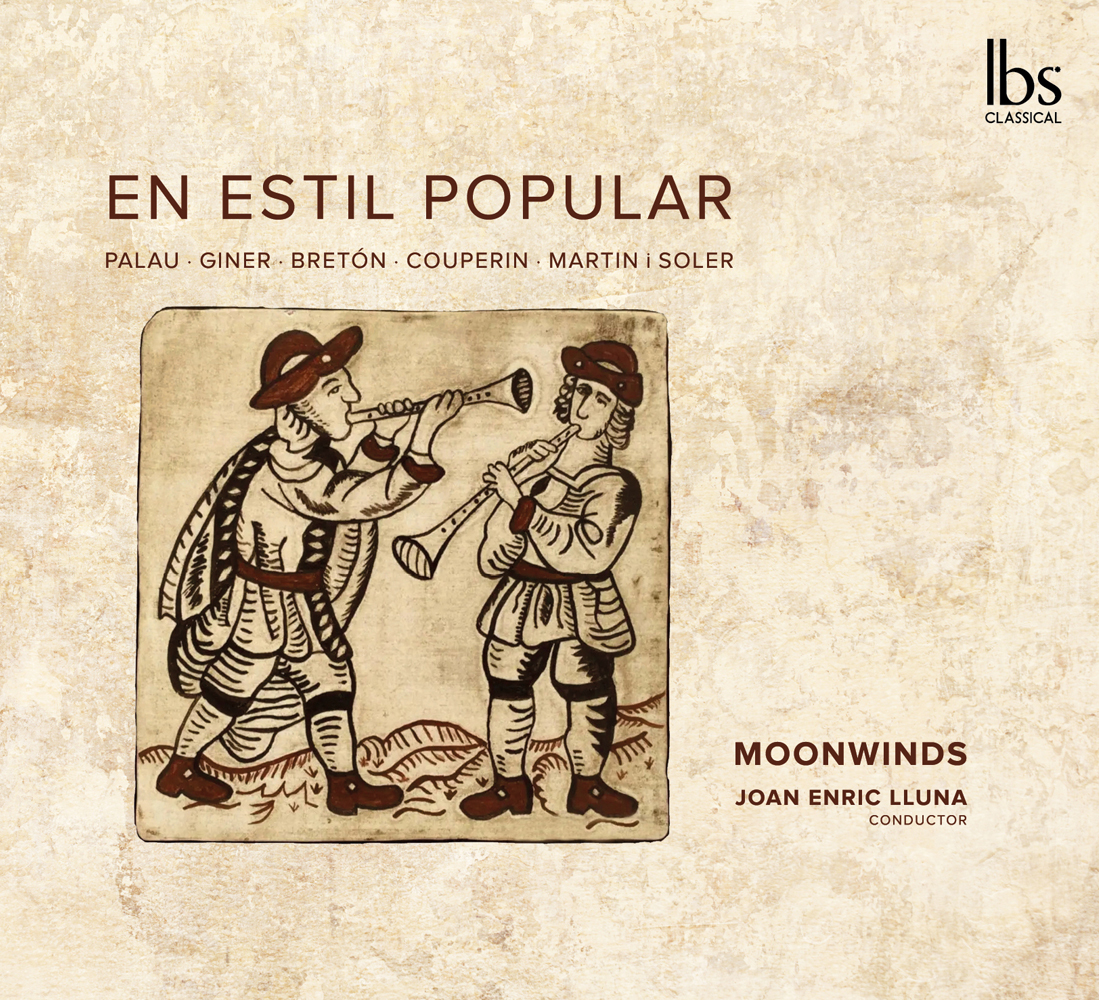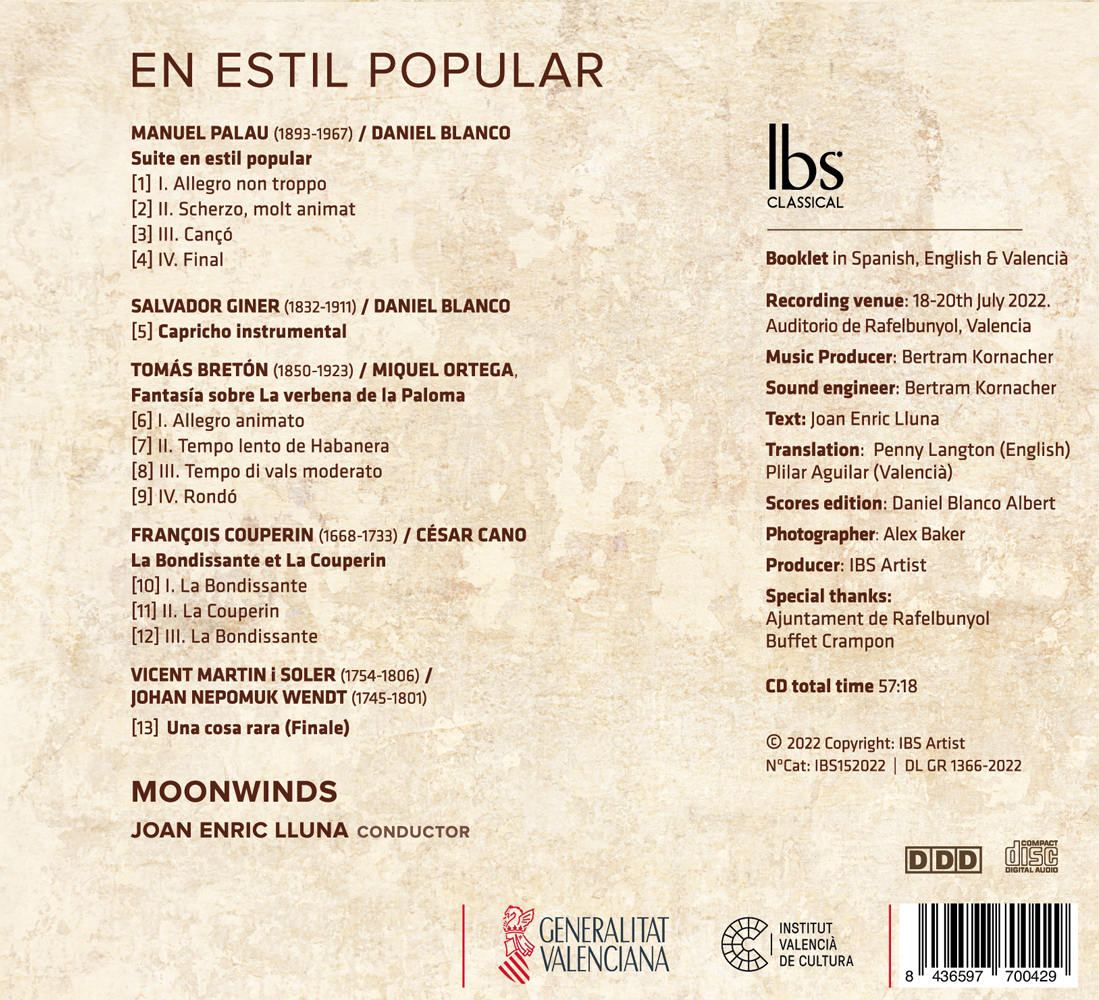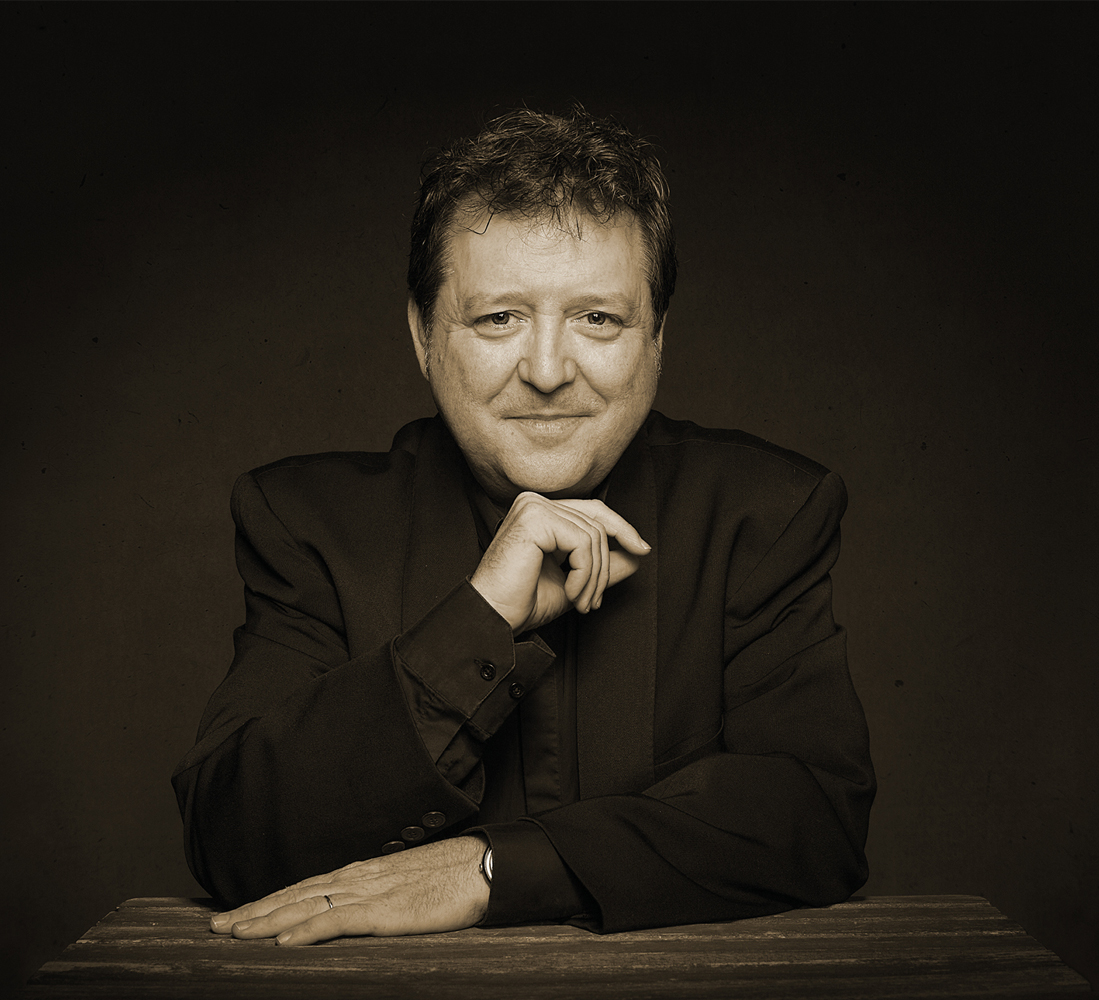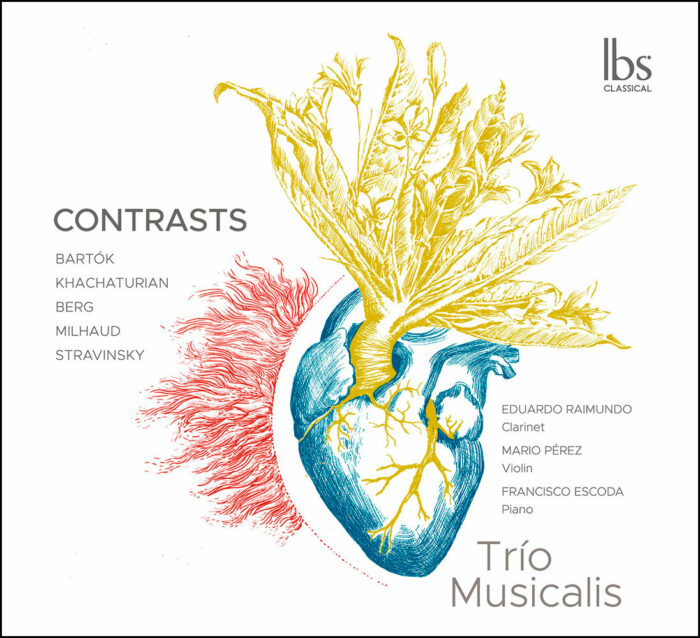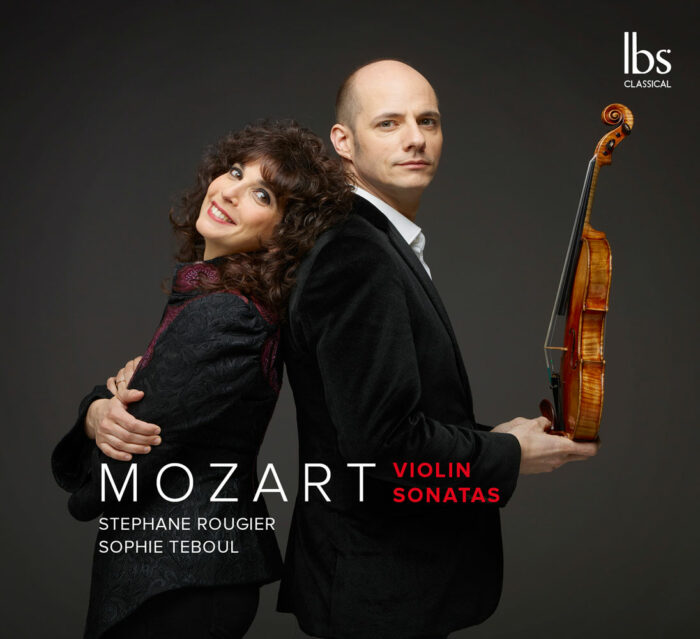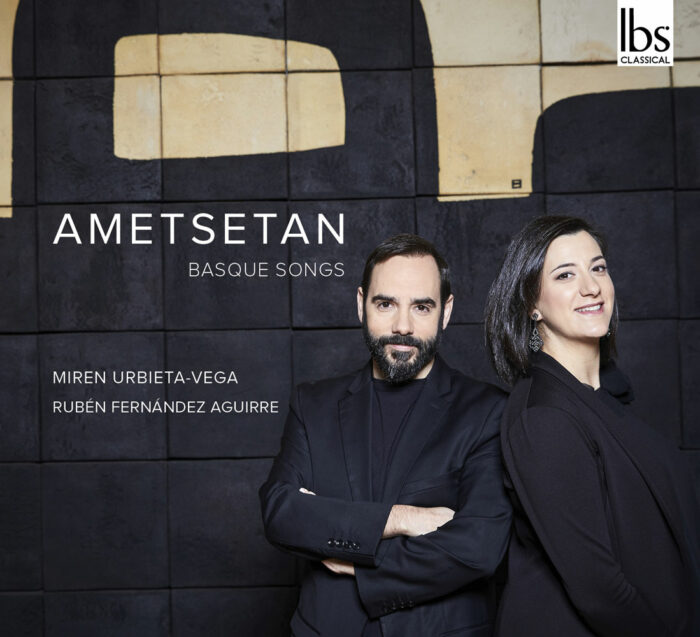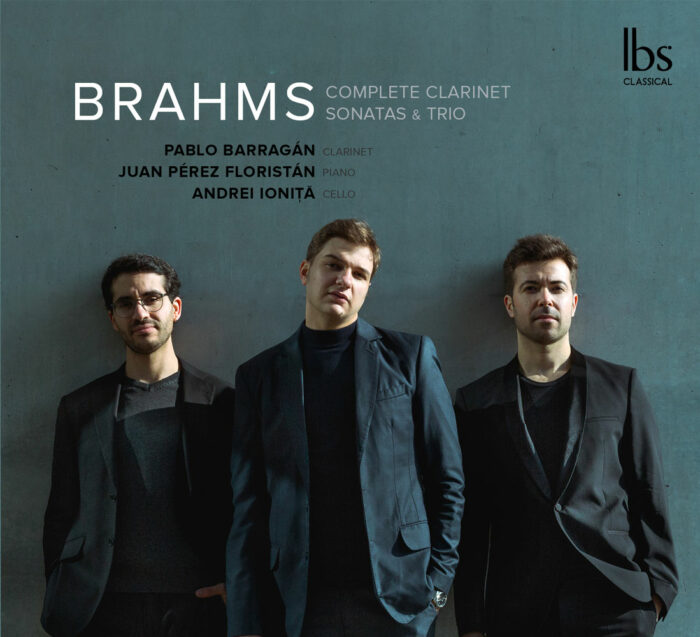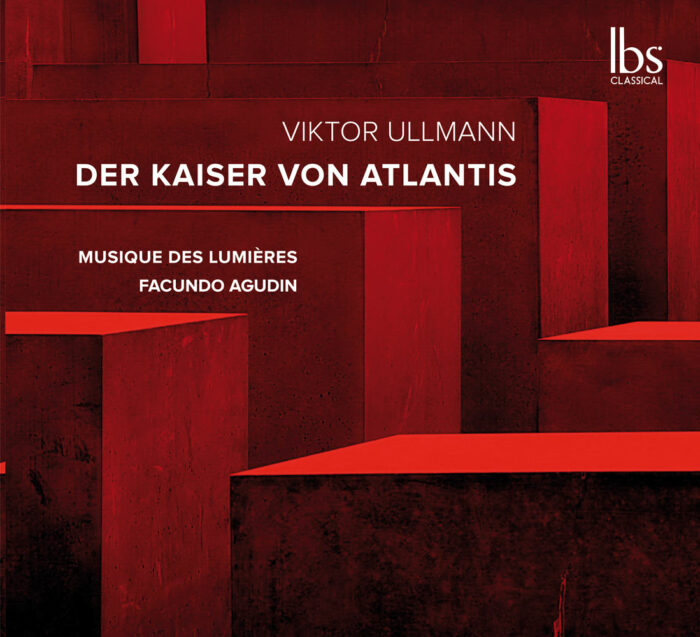About CD
“Harmoniemusik” and arrangements
Wind ensembles started to appear in the 18th century; they comprised four pairs of instruments (oboes, clarinets, bassoons and horns) and were essentially involved in playing arrangements of popular operas. Groups sometimes had only six instruments, but the octet became the most popular formation. These types of ensemble served to entertain, providing the means for the nobility and the rising bourgeoisie to enjoy, in their own salons, the famous arias that they heard in the opera houses. To this end, melodies were reproduced and sung in a private context for the pleasure of guests at parties and social gatherings.
During the second half of the 18th century and first half of the 19th, the wind octet (often with double bass, serpent or contrabassoon) garnered a significant catalogue of its own repertoire, particularly based on arrangements of operas. Arrangements were even made of Haydn’s “The Creation” and “The Seasons”. It was no doubt good business for the publishers because many amateur musicians bought these scores to enjoy at their social gatherings. Mozart himself, in a letter to his father, warned that he needed to arrange his opera Don Giovanni quickly before another musician got to it first. At the same time, composers such as Mozart and Beethoven began to write original works for wind octets – a repertoire later expanded by composers of the stature of Dvorak and Richard Strauss – sometimes with the addition of flutes or basset horns.
On this CD we present arrangements commissioned by the Moonwinds group (with the obvious exception of Una cosa rara), in continuation of the Harmoniemusik tradition, with the aim of expanding the Spanish, and specifically Valencian, wind ensemble repertoire.
We have taken the title, En estil popular (“In the popular style”) from what might be considered the central work of the recording, which we have called Suite en estil popular, based on the string quartet Quartet en estil popular by the great composer Manuel Palau. The version for wind instruments brings a new dimension to the work, which is why we wanted to differentiate it from its original title, labelling it a “Suite” rather than a “Quartet”.
